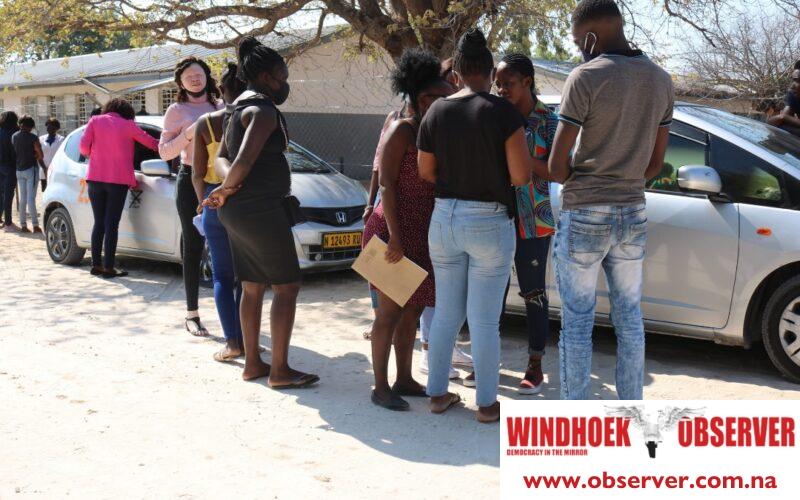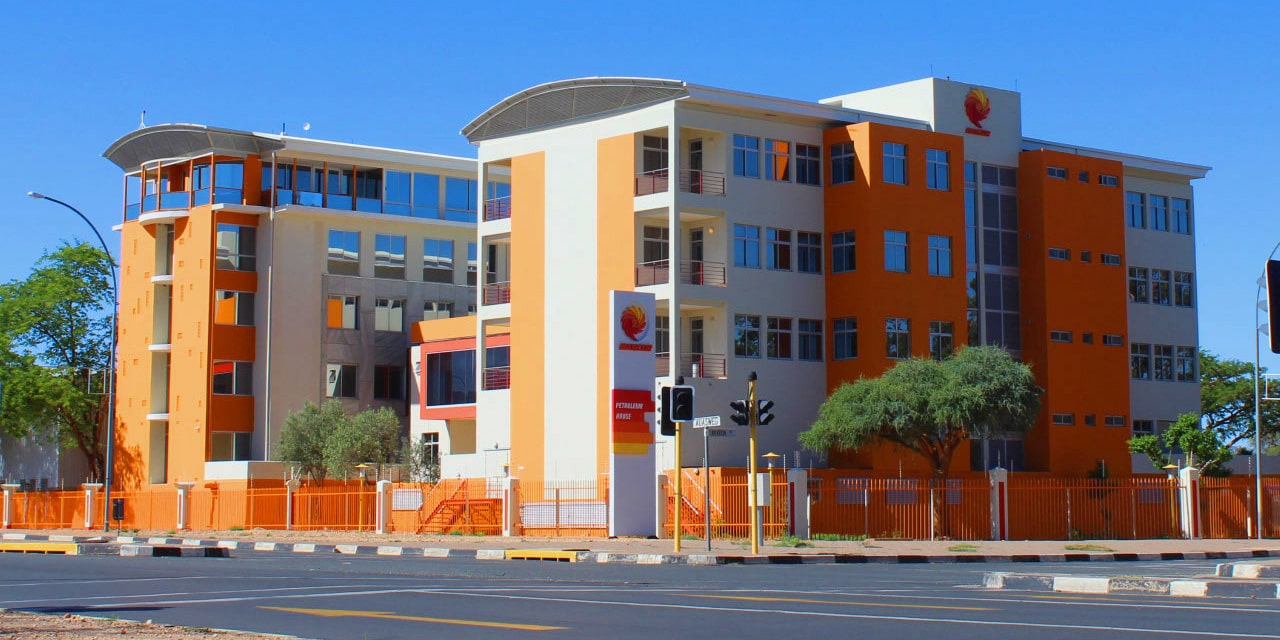Hertta-Maria Amutenja
For many graduates, the journey of becoming a teacher has become a harrowing ordeal, marked by long periods of unemployment and relentless job hunting.
This is unlike their counterparts in the police, the army or the correctional services, who secure jobs immediately after their training.
Despite the increasing number of qualified teachers, the availability of teaching positions fails to meet the demand, leaving numerous graduates in a state of uncertainty.
Meriam Paulus, a lower primary education graduate from the International University of Management (IUM), expresses her frustration after attending over 30 interviews without securing a job since graduating in 2021.
“I used to obtain relief posts at private schools, but they were short-lived. The entire interview process is financially and emotionally draining. What’s worse is that during interviews, there are often over 50 candidates competing for just one position. “It becomes extremely discouraging for a job seeker,” said Paulus.
Similarly, Dortea Fotolela, an IUM upper primary education graduate, shared her struggle to obtain only temporary positions despite attending multiple interviews since graduating in May 2023.
“I graduated in May 2023 and managed to secure a five-month temporary post. Fortunately, I obtained another temporary post for another five months. Currently, I am still attending interviews in the hopes of landing a permanent job. I’ve attended about seven interviews since graduating,” she said.
Johanna Namhidi, a UNAM secondary education graduate currently working permanently, views herself as fortunate to have landed a job before graduating.
This is a rarity among her peers, who face tough odds in the job market.
“I completed my degree in 2017 and graduated the following year. I applied to over 40 schools and was only invited for interviews at two. I was fortunate to secure a permanent job before graduating, unlike most of my peers,” Namhidi remarked.
In light of the challenging job market, Oshigambo High School in the Oshikoto Region recently advertised 20 volunteer teaching positions, receiving more than 2000 applications from graduate teachers.
The school’s principal, Pinehas Ekongo, stated that the aim is to provide newly graduated teachers with experience and relieve unemployment stress.
Isak Katali, former Minister of Mines and Energy and former teacher recalled a time when schools aggressively sought out teachers, contrasting with the current oversaturation and competition for positions.
“During our time, there was no waiting for vacancies. Schools actively recruited teachers due to a dire need. It was so severe that we even had teachers from Nigeria and other countries. However, now we face a situation where graduates struggle to find employment,” Katali recalled.
Katali advocated for job analysis and planning, proposing limited intakes to align training with demand.
“I believe job analysis and planning need to be conducted. Perhaps institutions should limit their intake levels and focus on training the necessary number of teachers to meet demand,” he proposed.
Gertrud Amutenja, a retired teacher who graduated in 1976, underscores the importance of adjusting intake levels to match population growth and school demand.
“Finding a job after graduation was not difficult for me. I completed it in 1976, and by the next year and during the holidays, I already had a permanent job. There were so many vacancies at so many different schools. However, today’s graduates face challenges due to oversaturation. Institutions need to regulate their intake levels to address this issue,” she emphasised.
Osiike Kakola, a high school teacher, claimed that when she graduated from university in 1996, schools assigned graduates to classes according to their majors.
“Once we graduated, we were already placed at school, depending on our subject majors. We also did not go through any interviews. The issue now is that the competition is so high and there are so many institutions offering education courses,” she said.
Oshamukweni Combined School principal Werner Nangolo acknowledges the prolonged process of filling vacancies and suggests that universities consider reducing intakes to alleviate market saturation.
“Filling vacancies takes about a month, and the current market saturation suggests that universities should reduce their intakes. I started teaching in 2001, and at that time, I didn’t even have to go through interviews; there was a demand for teachers compared to now. Maybe universities need to take a break from intake because the market is so saturated,” he proposed.
In the last month alone, approximately 4,400 students graduated from the University of Namibia, with an additional 2 243 graduating from the Namibia University of Science and Technology (NUST), where women comprised 57% of the graduates.
Between 2017 and 2023, an estimated 8,000 qualified teachers remained unemployed.
A disgruntled group of teachers revealed this in a petition they submitted to education director Isak Hamatwi in November 2023.
In their protest, the National Steering Committee on Unemployed Teachers in Namibia witnessed a massive turnout, especially in the Kavango East region, where unemployed teachers took to the streets to voice their frustration.
The protestors called for halting university courses offering lower and upper primary education, as the current market cannot absorb graduates.
In addition, the unemployed teachers said that the focus should be on secondary education and language courses, which are more in demand.
Loide Shaanika, the Secretary General of Namibia National Teachers Union (Nantu), revealed plans in March to create a database of unemployed teachers to identify the reasons behind their lack of selection for positions. She said this database will also capture the institutions where the qualified teachers studied and their regions of origin.
This initiative comes amidst increasing demands from unemployed teachers for the government to create employment opportunities.




